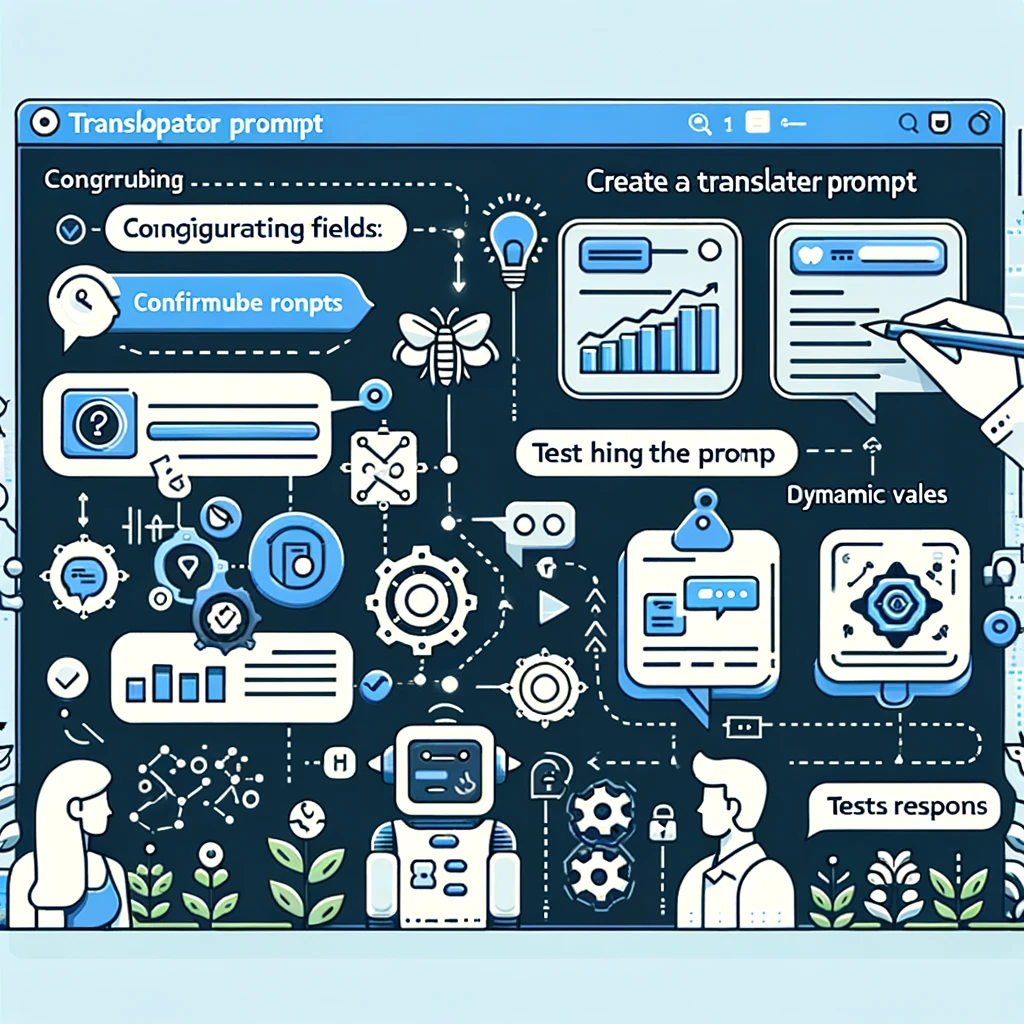
Ethical Considerations and Best Practices in Prompt Engineering
Ethics play a crucial role in prompt engineering. Let's discuss the ethical considerations and best practices to ensure your prompts are fair, unbiased, and ethically sound.
Introduction
Ethical prompt engineering involves creating prompts that are free from bias and promote fairness. It’s important to understand and apply ethical principles in your work. As AI continues to influence various aspects of our lives, it is essential to prioritize ethical considerations to avoid harm and promote positive outcomes.
Key Ethical Considerations
Here are some key ethical considerations in prompt engineering:
- Bias: Ensure your prompts do not reinforce harmful stereotypes or biases. Be mindful of the language and context you use. Bias in AI can lead to unfair treatment of individuals or groups, so it is crucial to actively work against it. Use diverse training data to minimize bias and consider running bias detection tests regularly.
- Fairness: Create prompts that are fair and provide equal opportunities for all users. Avoid favoritism or discrimination. Fairness ensures that all users have access to the same quality of service and outcomes. Implement fairness metrics to evaluate your prompts' performance across different user groups.
- Transparency: Be transparent about the limitations and capabilities of the AI. Provide clear instructions and expectations. Transparency helps users understand what the AI can and cannot do, reducing the risk of misuse or unrealistic expectations. Ensure that your prompts and their expected outcomes are well-documented and accessible.
- Privacy: Respect user privacy and handle data responsibly. Avoid collecting unnecessary personal information and ensure data is stored securely. Adhere to data protection regulations and anonymize data where possible.
- Accountability: Take responsibility for the outputs of your AI systems. Ensure there is a way to address and rectify issues that arise from the AI’s actions. Implement an error reporting and resolution process to handle any issues that may occur.
Best Practices
Following best practices can help you maintain ethical standards in prompt engineering:
- Review and Revise: Regularly review and revise your prompts to ensure they remain ethical and effective. Continuous evaluation helps in identifying and correcting biases and other issues. Use feedback loops to gather user input and make necessary adjustments.
- Seek Feedback: Engage with others to get feedback on your prompts. This can help identify any potential ethical issues. Diverse perspectives can highlight biases or concerns that you might have missed. Encourage peer reviews and incorporate their insights into your prompt designs.
- Stay Informed: Keep up-to-date with the latest developments in AI ethics and incorporate best practices into your work. Staying informed about new research and guidelines helps you apply the best ethical standards. Participate in AI ethics workshops and training sessions.
- Inclusive Language: Use inclusive language that respects all individuals and groups. Avoid terms that might be considered derogatory or exclusionary. Employ language models that are trained on diverse datasets to ensure inclusivity.
- Testing for Bias: Implement regular testing to check for bias in AI outputs. Use diverse datasets to ensure that your prompts perform well across different groups. Conduct A/B testing to compare how different prompts perform and identify any disparities.
- Documentation: Document your prompt engineering process, including decisions made to address ethical concerns. This helps in maintaining transparency and accountability. Keep detailed records of your prompt development and revision history.
- Ethical Training: Provide training on ethical considerations for all team members involved in prompt engineering. Ensuring everyone understands and commits to ethical standards is crucial for maintaining integrity. Develop an ethics curriculum and make it a part of your onboarding process.
Examples and Scenarios
Let's consider some practical examples and scenarios to understand the application of ethical considerations:
Scenario 1: A prompt designed to generate job descriptions should avoid gender-biased language.
Unethical Prompt: "Describe the ideal candidate for a software engineer role. He should have at least five years of experience."
Ethical Prompt: "Describe the ideal candidate for a software engineer role. They should have at least five years of experience."
Scenario 2: A customer service chatbot should handle sensitive information with care.
Unethical Prompt: "Ask the user for their social security number to verify their identity."
Ethical Prompt: "Verify the user's identity using their account number and a security question."
Scenario 3: An educational tool should provide balanced perspectives.
Unethical Prompt: "Explain why renewable energy is always better than fossil fuels."
Ethical Prompt: "Discuss the benefits and challenges of renewable energy compared to fossil fuels."
Conclusion
Ethical considerations are essential in prompt engineering. By following best practices and staying informed, you can ensure your prompts are fair, unbiased, and ethically sound. Let’s commit to ethical prompt engineering to create a positive impact. Maintaining high ethical standards enhances the quality of AI interactions and fosters trust and reliability in AI systems.

Capstone Project - Creating a Translator Prompt in Task Hub AI
Apply your knowledge in a comprehensive capstone project that showcases your prompt engineering skills creating a Translator Prompt in Task Hub AI. Create a complex prompt engineering project to demonstrate your expertise.
View
Tools and Resources for Prompt Engineering
Get hands-on with tools and resources for prompt engineering. Learn how to use Task Hub AI and other tools to enhance your prompt engineering skills.
View


